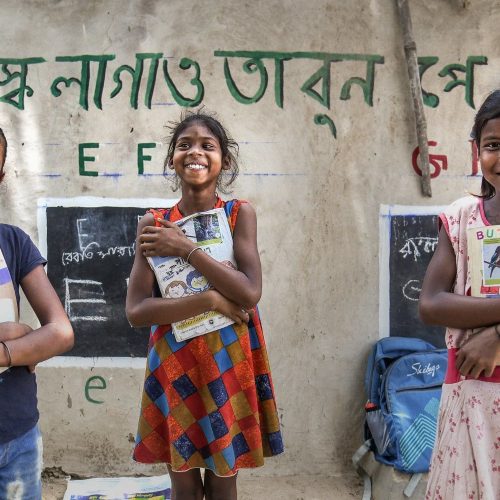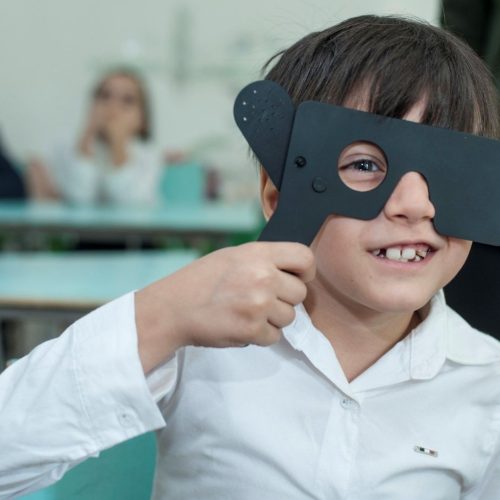Una buena visión es una poderosa herramienta para mejorar los resultados educativos, las oportunidades vitales, la participación social y la productividad económica futura (Burton et al., 2021).
Por lo tanto, el acceso a una cuidado ocular de calidad es especialmente importante para los niños en edad escolar y constituye un importante problema de salud pública, sobre todo en los países de ingresos bajos y medios, donde el acceso a servicios completos de cuidado ocular puede ser limitado.
Los programas escolares de salud ocular pueden ser intervenciones rentables y eficientes en muchos entornos al permitir la detección, el diagnóstico y el tratamiento de afecciones que afectan a los ojos de los niños, en su mayoría errores de refracción no corregidos (Burton et al., 2021).

























